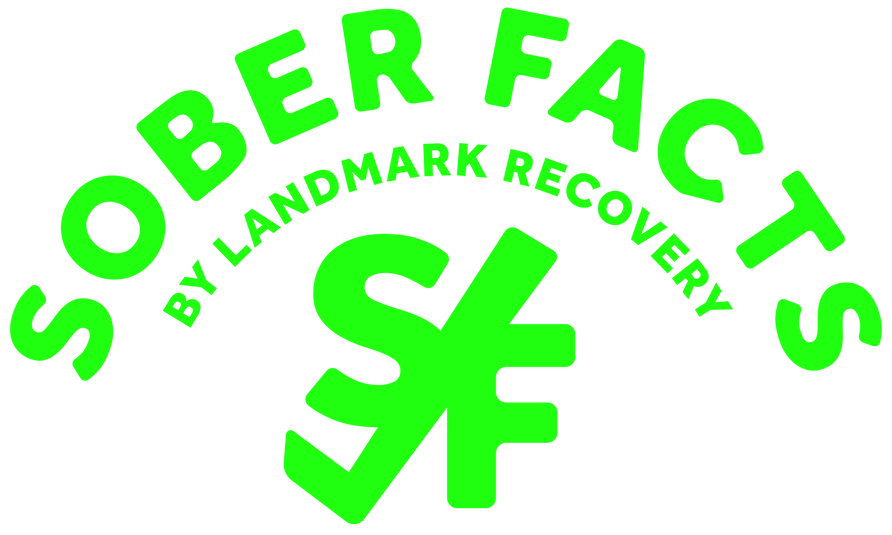Choosing recovery close to home means your support system is just a few miles away.
- 100% Confidential
- Available 24/7
- No Pressure to Commit
- Multiple Financial Options Available
Choosing recovery close to home means your support system is just a few miles away.

Sounds Like: oh.pee.ehtz
Classification: Opioid Analgesic
Controlled Substance Act Schedule: I-V
Other names for Opiates
An opiate is an alkaloid substance that’s organically derived from the opium poppy plant. Opiate drugs include heroin, codeine, morphine, opium and thebaine. The term opioid was first coined to differentiate pure opiates from synthetic opiates. Originally, the word opioid was applied to all synthetic and semi-synthetic drugs from the opiate class. Often you’ll find the term opioid used as an umbrella term for all opiate-based drugs. These drugs are essentially the same, except that some are pure, some are synthesized, and some are semi- synthesized.
Coming from the poppy plant, heroin is an opioid substance that’s been around for a very long time historically. Opium poppies have been used since 1500 BC, and they have been used medicinally and recreationally ever since. Heroin is normally seen in a powder form that can be heated and injected by the user. Users can be at severe risk for HIV due to needle sharing in the recreational drug community.
Heroin can be used in multiple other ways, including snorting, ingesting, and smoking in addition to combinations made with other drugs like cocaine (known as “Speedball”). “Black tar” heroin is a cheaper, risky, “dirty” version of heroin with higher amounts of impurities that color the product. Synthetic opioids, like fentanyl or methadone, present a large amount of risk to heroin users due to being unknowingly present in doses, causing a much lower threshold for overdosing.
This class of drugs is described as sedative narcotics. Opiates depress activity in the CNS (central nervous system), and they also reduce pain. According to the 2016 National Survey on Drug Use and Health, 948,000 Americans used heroin in the previous year. Among these, 170,000 were first-time users, almost double the number of first-time heroin users in 2006. As a result, 626,000 people were diagnosed with dependence or heroin use disorder.
Opiates bind to the opioid receptors in your brain and change the way pain is interpreted. While opiates are highly effective as analgesics, they don’t cure any ailments. The euphoria these drugs produce alters your consciousness.
Need help with Opiates or another drug addiction?
Call Landmark Recovery and speak with an admission specialist today.
Call NowWe're available 24/7 to help you find Recovery
As an opioid analgesic, heroin is used in some rare instances under medical supervision. Other drugs are more effective or do what heroin does better.
One can take an opiate via injecting it, ingesting it, or snorting it. As a class of drug, the drug usually determines the method of use.

An opiate overdose happens when the breathing and heart rate are reduced to a fatal degree. Usually, respiratory arrest is the killer of overdosing individuals. Nausea and vomiting happen commonly with opiates due to the location of some of the receptors in the brain. Severe constipation can occur with opiate use, regardless of whether the drugs are being administered at proper therapeutic doses or being abused. Side effects include:
If someone develops an addiction to an opiate, they will likely seek the drugs on the street if they have a prescription that’s no longer valid. It’s very easy to become addicted to opiates and therefore withdrawal symptoms universally happen in those who take the drug. Withdrawal symptoms include:
Nausea
Abdominal pain
Sweating
Shaking
Nervousness
Agitation
Depression
Muscle spasms
Over 107,000 people died from an opioid overdose between Summer 2020 and Summer 2021.
Much of the world’s supply of heroin base materials originates in Afghanistan.